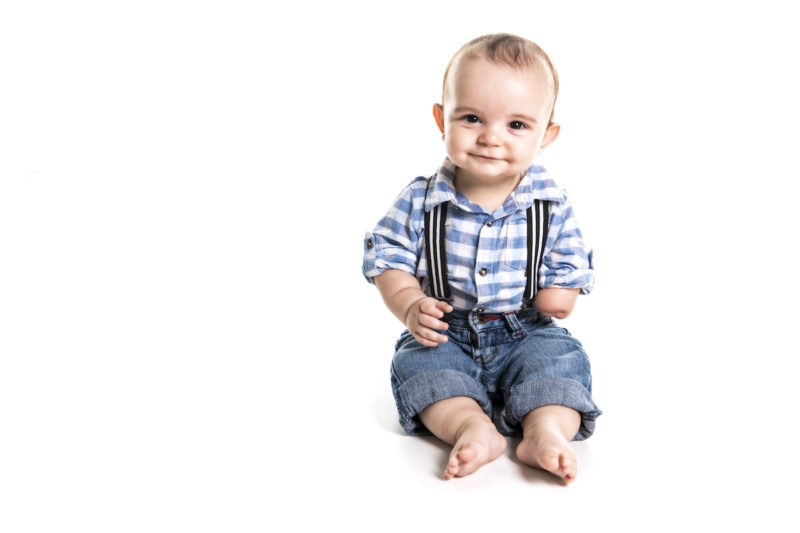Limb difference – what is it
Limb difference describes any child or young person born with a congenital limb difference or who loses a limb early in their life. In Australia approximately 2,500 children and young people live with a limb difference. There are 2 types of limb difference – congenital and acquired.
Children and young people with a limb difference can lead independent and successful lives and there are many well-known people in our community, and around the world, with limb difference.

Types of limb difference
Congenital limb difference
When a child is born without part or all of a limb they have a congenital limb difference. Other terms used to describe a congenital limb difference include:
- congenital limb reduction
- congenital limb deficiency
- dysmelia.
There are many different causes of congenital limb differences – some are genetic, some are due to environmental or pharmaceutical factors, others may be because of an isolated issue or syndrome occurring during foetal development. Often there is no known cause for a congenital difference.
Some children born with a congenital limb difference may undergo reconstructive surgery to allow for a prosthesis to be fitted.
Acquired limb difference
A person with an acquired limb difference has had an amputation to remove all or part of a limb. This differs from congenital limb difference, although sometimes a congenital limb difference leads to reconstruction surgery following birth.
More commonly an amputation occurs because of trauma (e.g. accident) or illness (e.g. cancer or a severe infection).
Life with a limb difference
In Australia, people with a limb difference participate in all aspects of life – they go to school, learn to drive, study at uni and/or join the workforce. Find out more about your child’s life stages and what to expect
They may choose to use a prosthesis. While others may not and use other assistive devices instead.
Most people with a limb difference are eligible to receive NDIS funding for services and assistance to help them participate.
